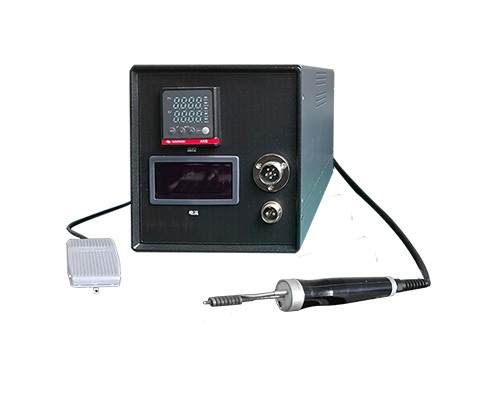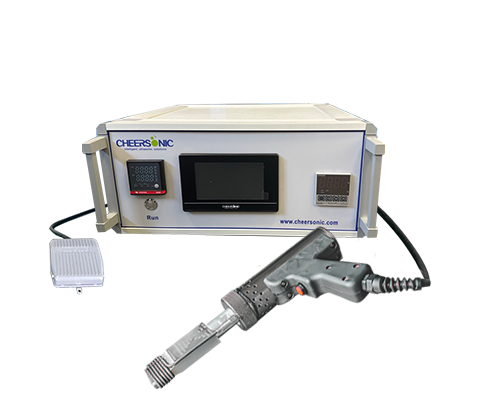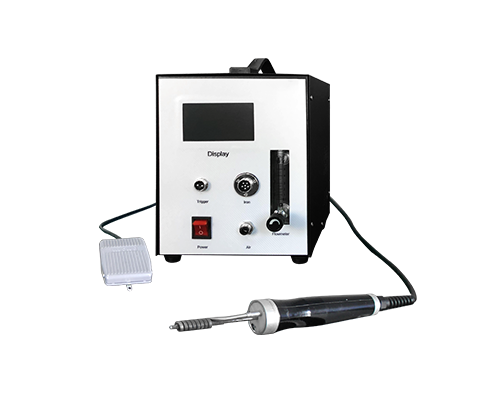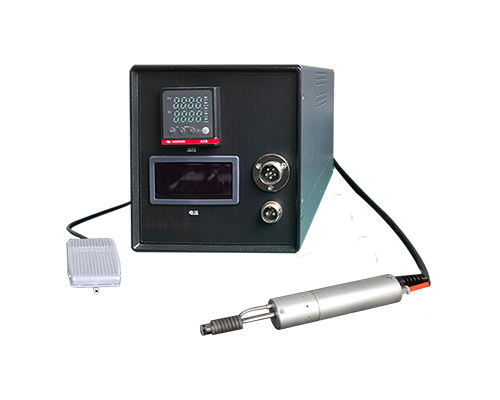Graphite holds a vital position in numerous industrial sectors due to its high-temperature resistance, high strength, corrosion resistance, and excellent electrical and thermal conductivity. Copper, on the other hand, is a key material in industrial production due to its excellent electrical and thermal conductivity and good processability. The connectors formed by combining the advantages of both materials are widely used in high-end industries such as medical devices, nuclear power, automotive, and aerospace.
However, the significant differences in the physical properties of graphite and copper, particularly in their coefficient of expansion and elastic modulus, pose significant challenges to their welding. Traditional welding methods struggle to overcome this performance disparity, preventing the formation of welded joints that meet application requirements, and thus becoming a technical bottleneck hindering the development of related industries.

The emergence of ultrasonic-assisted brazing technology provides an effective solution to the challenges of welding graphite and copper. The core principle of this technology is to utilize the cavitation effect of ultrasound to break up the oxide film on the surface of the parent metal, thereby promoting the wetting of the solder on the surface and ultimately achieving a welded joint that meets application requirements.
In the actual brazing process, without the introduction of ultrasound, the solder easily forms an oxide film during heating. These oxide films envelop the solder, hindering full contact between the solder and the base material, resulting in incomplete wetting and severely impacting weld quality. In ultrasonic-assisted brazing, after the graphite and copper are heated to the required brazing temperature, ultrasonic soldering iron tips are applied to each, while simultaneously applying solder. The ultrasonic cavitation effect significantly alters the size and morphology of the oxide film formed on the base material surface, breaking it from its binding to the solder and effectively promoting solder wetting and spreading on the base material surface. Once the solder has fully spread on the base material surface, the solder-soaked surfaces of the two base materials are brought together, applying a certain pressure and maintaining this state until cooling, completing the graphite-copper brazing process.
From an interfacial perspective, during ultrasonic-assisted brazing, the cavitation effect of ultrasound not only breaks up the oxide film on the brazing material surface but also promotes the adsorption of carbon in the graphite and active elements in the brazing material, accelerating interfacial reactions and further optimizing the wetting and spreading of the molten liquid active solder on the graphite surface. On the copper base material side, a stable reaction layer is formed mainly through mutual diffusion and dissolution between the liquid solder and the copper base material, ensuring the strength and reliability of the welded joint.





